Disclosure: This article contains affiliate links. We may earn a commission from purchases at no extra cost to you, which helps our travel content.
Standing at the edge of the Mediterranean, with the spring breeze carrying whispers of ancient civilizations, I felt the familiar tingle in my fingertips that comes with proximity to places of power. Libya isn't exactly on most travelers' radar—especially not for solo female adventurers—but the pull of Leptis Magna, one of the most extraordinary and intact Roman ruins on Earth, was stronger than any travel advisory. As someone who's spent years navigating both emergency situations and sacred sites across continents, I've developed a sixth sense for places where history, healing, and human resilience converge. This forgotten corner of North Africa holds exactly that convergence, preserved in limestone and marble, waiting for those brave enough to witness it. What I discovered during my week exploring Tripoli's ancient treasures wasn't just archaeological splendor, but a profound connection between Roman engineering, sacred geometry, and the healing practices that have sustained this region through millennia of turbulence.
Getting to Libya: Preparation Meets Perseverance
Let me be transparent: Libya isn't your typical spring break destination. As a seasoned EMT who's worked in some challenging environments, I'm no stranger to navigating complex situations—but entering Libya as a solo female traveler required preparation that went beyond my usual pre-trip checklist.
Obtaining a visa was the first hurdle. The process involves securing an official invitation from a Libyan tour company, followed by approval from the Libyan authorities. I worked with Arkno Tours, a reputable operator with connections throughout the country, who handled the bureaucratic labyrinth with remarkable efficiency. The visa took approximately six weeks to process—a test in patience that proved worthwhile.
Security concerns are valid but often exaggerated. I approached this journey with the same methodical risk assessment I use in emergency medicine: identify potential hazards, implement mitigation strategies, and maintain situational awareness. The eastern regions of Libya remain unstable, but Tripoli and the northwestern archaeological sites have been relatively secure since 2020.
For navigation and safety, I invested in a satellite communicator before my trip. This compact device allowed me to send messages, share my location with trusted contacts, and access SOS services even without cell coverage—providing peace of mind when venturing into remote archaeological sites.

💡 Pro Tips
- Work with a reputable local tour company for visa invitation letters
- Begin the visa process at least 2-3 months before planned travel
- Register with your country's embassy before arrival in Libya
Leptis Magna: Where Sacred Geometry Meets Roman Engineering
The 90-minute drive east from Tripoli to Leptis Magna winds along the Mediterranean coast, a journey that feels like traveling backward through time. My guide, Mahmoud, shared stories of his grandfather who once found Roman coins while digging in his garden—a casual reminder of how history here isn't confined to museums but remains embedded in daily life.
Nothing prepares you for that first glimpse of Leptis Magna. Unlike Rome's Colosseum or Athens' Parthenon, which are surrounded by modern urban sprawl, Leptis emerges from the landscape in splendid isolation, largely as it has stood for centuries. Founded by Phoenicians in the 7th century BCE and later transformed into a Roman colonial gem, this UNESCO World Heritage site represents the most complete and authentic Roman urban complex in existence.
As a person with indigenous heritage, I've always been attuned to the sacred geometry encoded in ancient structures. At Leptis, this mathematical precision is evident everywhere—from the perfect acoustics of the theater to the harmonious proportions of the basilica. The Romans weren't just building functional spaces; they were creating environments designed to elevate human consciousness and promote wellbeing.
The Arch of Septimius Severus commands immediate attention. Built to honor the emperor who was born in Leptis Magna, its intricate reliefs tell stories of military triumphs and divine favor. I spent nearly an hour studying the medical scenes carved into the eastern panel—ancient physicians treating wounded soldiers using techniques surprisingly similar to some modern emergency medicine practices. As an EMT, I couldn't help but feel a professional kinship across the centuries.
For capturing the site's grandeur, my travel camera proved invaluable, especially during the golden hour when the limestone columns take on an almost ethereal amber glow. The camera's weather-sealing also protected against the occasional Mediterranean spray and dusty conditions at the excavation sites.

💡 Pro Tips
- Visit early morning (8-10am) to avoid both heat and crowds
- Hire a knowledgeable local guide who can explain the historical context
- Wear sturdy closed-toe shoes—the ancient stones can be unstable and sharp
The Hadrianic Baths: Ancient Wellness Practices
My professional background in emergency medicine has given me a deep appreciation for holistic approaches to health—something the Romans understood intuitively. Nowhere is this more evident than in the magnificent Hadrianic Baths of Leptis Magna, one of the most impressive Roman bath complexes outside of Rome itself.
Named after Emperor Hadrian and built in the 2nd century CE, these baths weren't merely places for hygiene but comprehensive wellness centers. The complex followed a sophisticated progression of spaces designed to detoxify, strengthen, and heal the body: the frigidarium (cold room), tepidarium (warm room), and caldarium (hot room), all supported by an ingenious underground heating system called hypocaust.
What struck me most was how the architectural design incorporated principles I recognize from both modern medicine and traditional indigenous healing practices. The careful regulation of temperature transitions, the integration of natural light through strategically placed windows, and the use of water as a therapeutic medium all reflect a sophisticated understanding of human physiology.
Exploring the massive frigidarium with its soaring ceilings, I noticed how the space was designed to create specific acoustic properties—the gentle echoes would have enhanced the meditative aspects of the bathing ritual. In the caldarium, traces of medicinal herbs were once burned in small recesses, combining aromatherapy with heat therapy in ways not dissimilar to sweat lodge practices in my Mi'kmaq heritage.
The natatio (swimming pool) features an elaborate system of water channels that would have continuously refreshed the water—a hygienic consideration that wouldn't be out of place in modern wellness facilities. Standing there, I couldn't help but reflect on how these ancient Romans had developed wellness protocols that we're only now rediscovering in contemporary medicine.
For those interested in ancient wellness practices, I recommend bringing a waterproof notebook to record observations and sketch the ingenious water and heating systems. Mine proved invaluable when an unexpected spring shower passed through while I was documenting the hypocaust system.

💡 Pro Tips
- Look for the small channels in the floor that distributed heat throughout the complex
- Visit with a guide who specializes in Roman engineering to understand the sophisticated water systems
- Bring a water bottle with electrolytes—the site offers little shade and dehydration is a risk
Villa Silin: Mosaics as Medicine for the Mind
Just west of Leptis Magna lies Villa Silin, a Roman coastal mansion that offers a more intimate glimpse into daily life during the empire's peak. While less frequented by the few tourists who make it to Libya, this site holds some of North Africa's most extraordinary mosaics—artworks that I found profoundly moving both aesthetically and therapeutically.
The villa belonged to a wealthy Roman merchant in the 2nd century CE and features elaborate floor mosaics depicting mythological scenes, marine life, and geometric patterns of astounding complexity. As someone who's studied the intersection of sacred geometry and healing spaces, I was immediately drawn to the central atrium's mosaic, which incorporates the vesica piscis pattern—two overlapping circles creating an almond-shaped center that represents the intersection of divine and earthly realms in many ancient traditions.
What makes Villa Silin special is how intact these mosaics remain despite centuries of Mediterranean storms and political upheaval. The colors—vibrant blues, earthy reds, and golden yellows—retain their intensity, creating a visual experience that I can only describe as restorative. There's emerging research in modern healthcare about the psychological benefits of geometric patterns and color therapy, but the Romans and their North African subjects intuitively understood this connection millennia ago.
The villa's seaside location adds another dimension to its healing properties. Built to maximize cross-breezes and sea views, the architecture demonstrates an early understanding of what we now call environmental psychology—how physical spaces impact mental and emotional wellbeing. My guide explained that the villa was positioned according to specific astronomical alignments, ensuring optimal sunlight throughout the seasons.
I spent a meditative afternoon sketching the geometric patterns in my journal, noting their mathematical precision and contemplating how these same visual elements appear in healing traditions across cultures, from Navajo sand paintings to Tibetan mandalas. There's something universally restorative about certain proportions and patterns—a visual medicine that transcends time and culture.
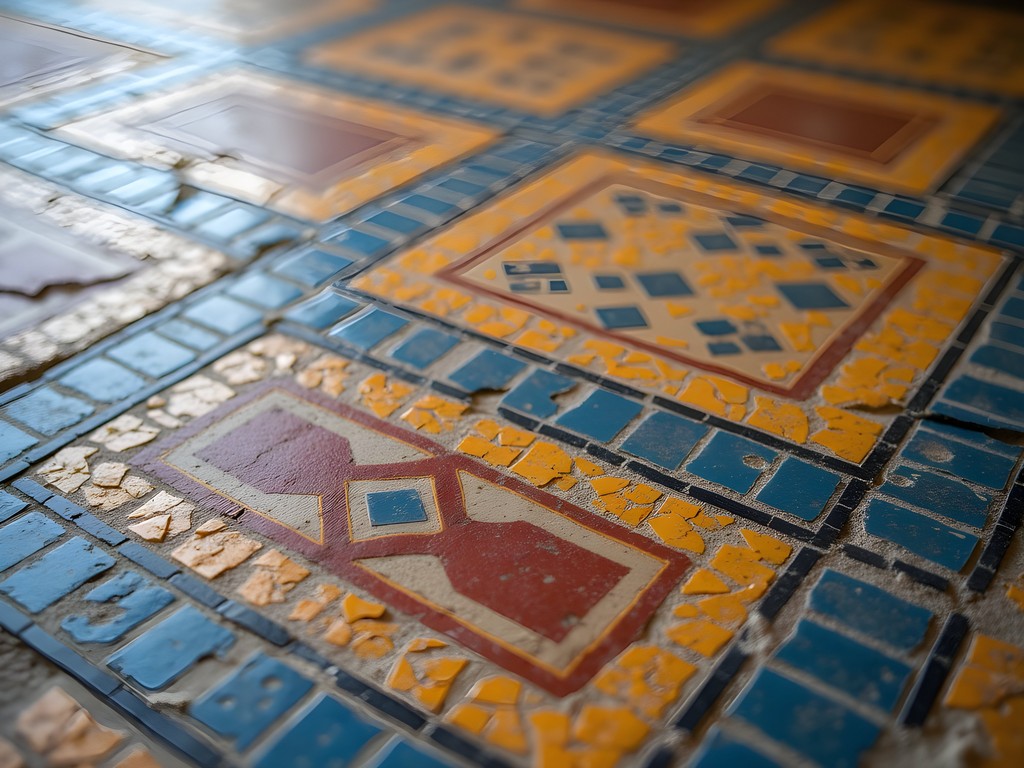
💡 Pro Tips
- Bring a small mirror to better view ceiling details without straining your neck
- Visit in late afternoon when the slanting light makes the mosaic colors more vibrant
- Take time to sit quietly in the central atrium—the space was designed for contemplation
Tripoli's Old City: Where Ancient Meets Modern
After days immersed in Roman ruins, returning to Tripoli's bustling Medina (Old City) creates a fascinating temporal whiplash. This walled city within the modern capital dates primarily from the Ottoman period, though its foundations are much older, incorporating stones repurposed from Roman structures.
The Medina's narrow alleys and covered souks offer a sensory counterpoint to the open spaces of Leptis Magna. Here, the healing traditions I'd been tracking through ancient sites continue in living form—herbalists selling medicinal plants, spice merchants offering remedies passed down through generations, and craftspeople creating protective amulets that blend Islamic, Berber, and even older symbolic systems.
As an EMT with an interest in traditional medicine, I was drawn to the herbal apothecaries tucked between carpet shops and metalworkers. Many of these small storefronts have been operated by the same families for centuries, maintaining knowledge that bridges ancient Roman pharmacopeia with Arab medical innovations. I spent a fascinating morning with Abbas, a sixth-generation herbalist, who showed me dried herbs with direct lineage to those used in Roman bath complexes—rosemary for circulation, lavender for calming, and artemisia for purification.
The Arch of Marcus Aurelius stands at the heart of the Medina—a 2nd-century Roman triumph arch that has been incorporated into the later urban fabric. This architectural palimpsest perfectly symbolizes Libya's layered heritage, where Roman foundations support Islamic innovation, all while maintaining connections to even older indigenous Berber traditions.
For navigating the Medina's labyrinthine streets, I relied heavily on my travel backpack, which proved perfect for carrying water, my journal, and small purchases while keeping my hands free for photography and the occasional need to steady myself on uneven ancient stones. Its anti-theft features also provided peace of mind in the crowded market areas.
The culinary scene in Tripoli's old city deserves special mention. Small family-run restaurants serve dishes that reflect the country's position at the crossroads of Mediterranean, Arab, and Berber cultures. The bazeen (a dome-shaped barley flour dough served with meat and potatoes) and usban (stuffed sheep intestine with rice, herbs, and spices) might challenge some Western palates, but they offer insight into traditional nutritional wisdom that has sustained people in this harsh climate for centuries.
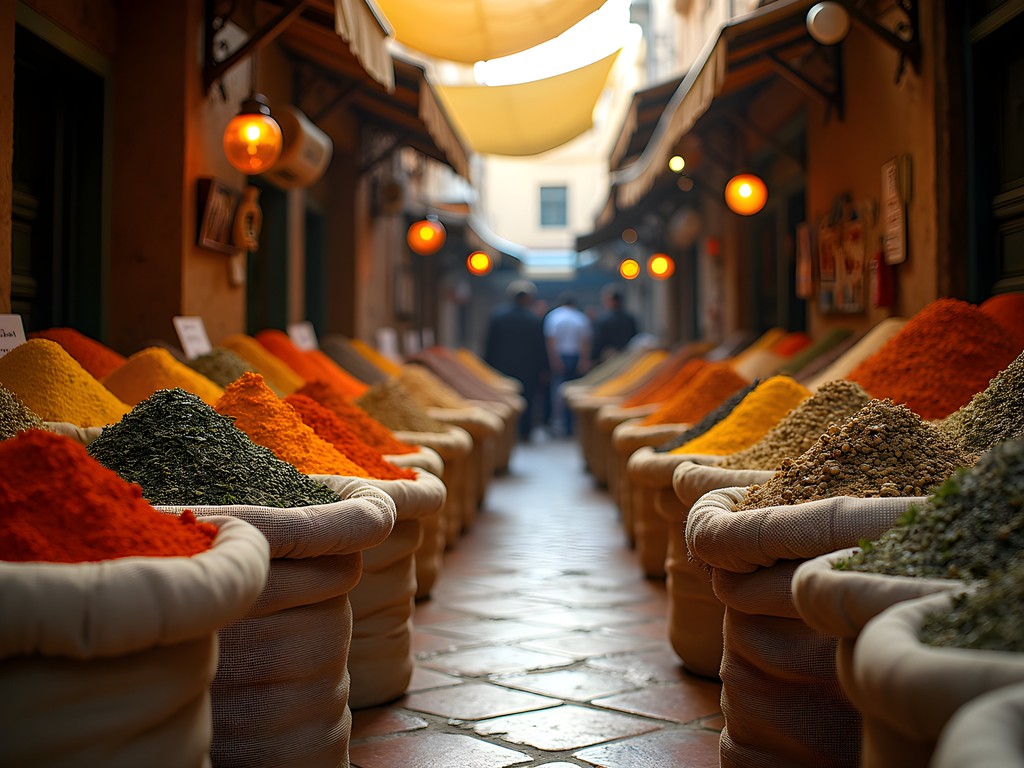
💡 Pro Tips
- Visit the Medina early on Friday mornings when it's less crowded but shops are open before prayer time
- Learn a few Arabic phrases—even basic greetings will transform your interactions with local vendors
- Look for the small wooden doors that occasionally open into stunning traditional courtyards
Final Thoughts
As my flight lifted off from Tripoli International Airport, I pressed my palm against the window—a final connection to this land where ancient wisdom and modern resilience coexist in remarkable balance. Libya challenged me in ways few destinations have, demanding patience with bureaucracy, awareness of security considerations, and openness to experiences far outside typical tourist circuits. What it offered in return was profound: a rare glimpse into perfectly preserved Roman urban planning, living traditions that bridge millennia, and the humbling recognition that many of our 'modern' approaches to wellness and healing have ancient roots. For travelers willing to venture beyond comfort zones and conventional itineraries, Libya's archaeological treasures offer something increasingly rare in our hyperconnected world—a genuine journey of discovery where the ancient past feels startlingly present and relevant. The healing wisdom encoded in Leptis Magna's stones continues to pulse, waiting for those ready to listen.
✨ Key Takeaways
- Libya's archaeological sites represent some of the best-preserved Roman ruins in the world, offering insights into ancient urban planning and wellness practices
- Visiting requires thorough preparation and working with local guides, but rewards travelers with sites largely free from overtourism
- The geometric principles and healing practices evident in these ancient sites have direct applications in modern wellness approaches
- The connections between Roman, Berber, and Arab traditions create a unique cultural landscape that challenges Western historical narratives
📋 Practical Information
Best Time to Visit
March to May or October to November
Budget Estimate
$150-200 USD per day including guide, transportation and mid-range accommodation
Recommended Duration
7-10 days
Difficulty Level
Challenging



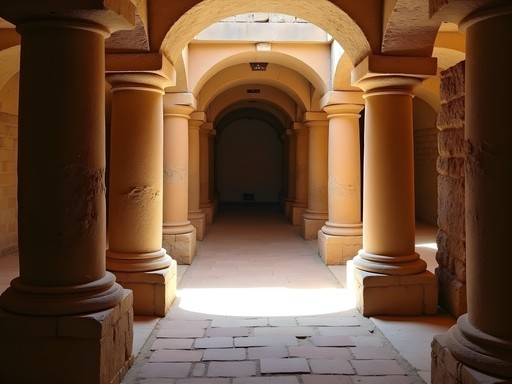










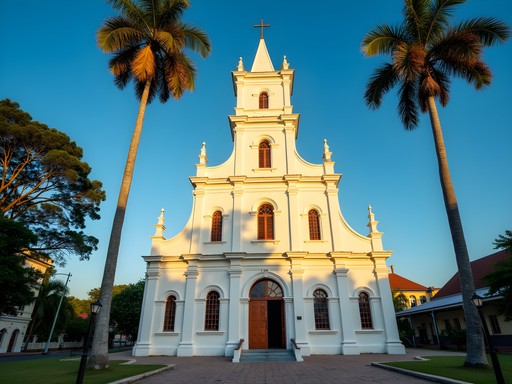
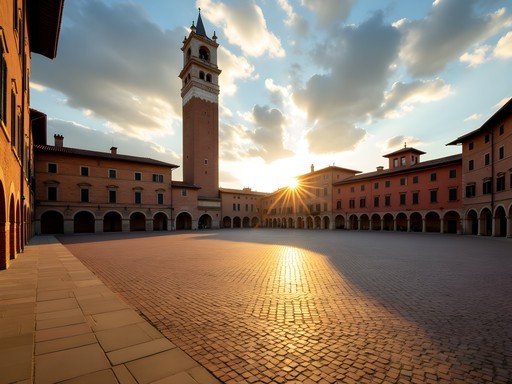
Comments
redninja9688
For anyone planning to visit - go EARLY in the morning. We arrived at opening time (8am) and had the place almost to ourselves for about 2 hours. By 11am the tour buses had arrived and it got crowded. Also, the light for photos is way better in the morning. The Villa Silin mosaics were the highlight for me too!
moonwalker
Good tip about the morning visit! How many days would you recommend staying in Tripoli?
redninja9688
We did 4 days total - 1 in Tripoli itself, 1 full day at Leptis Magna, 1 day at Sabratha, and 1 day exploring smaller sites. Felt about right!
Gregory Boyd
Fascinating piece, Sage. I've explored many Roman sites across North Africa, but Leptis Magna remains the crown jewel. What struck me during my visit was how the site reveals the economic importance of this region to Rome - the massive harbor works and export facilities tell a story of wealth and commerce that often gets overlooked when we focus solely on temples and theaters. I found that using my pocket guide helped me understand the urban planning aspects that wouldn't be obvious otherwise. The way the Romans adapted their typical city layout to the local topography here is particularly impressive. Did you make it to Sabratha as well? It's smaller but the theater there is arguably better preserved.
wavevibes
OMG those sunset shots of the columns are STUNNING!!! 😍 What camera do you use?
travelchamp
How difficult was it to get the visa? I've heard mixed things.
redninja9688
Not OP but I went last year. It's gotten easier since 2023 but you still need a letter of invitation from a Libyan tour company. Took me about 3 weeks to get approved. Worth the hassle though!
Savannah Torres
Sage, your post brought back so many memories! We took our kids (11 and 14) to Libya last year, and they were absolutely mesmerized by Leptis Magna. The scale of those ruins compared to others we've seen around the Mediterranean is just staggering. My daughter actually did her school history project on the Hadrianic Baths after our visit. One tip for families: bring plenty of water and snacks as there aren't many facilities once you're exploring the site. Also, how did you find the local guides? We had a wonderful guide named Tariq who added so much context to what we were seeing.
wavevibes
Did you feel safe traveling there with kids? Been wanting to go but wasn't sure about family travel in Libya.
Savannah Torres
We actually felt very safe! We went with a reputable tour company that specializes in the region. The Libyan people were incredibly welcoming, especially to our kids. Just do your research on which areas are currently stable for tourism.
moonwalker
Those mosaics look incredible! Libya has been on my bucket list for years.
wanderway
Pro tip for anyone going: bring water shoes if you want to wade at the beach near the site. Lots of ancient rubble has washed into the sea and it's amazing to see, but rough on the feet! Also, the light for photos is best in late afternoon when the limestone glows golden. The guards sometimes let you stay a bit after official closing if you're respectful.
cooltime
Good call on the water shoes. I cut my foot on something there last year. The sunset light is definitely worth planning around!
greenhero
Wow those columns are massive! Never realized how big Roman architecture actually was.
dreamlover
How difficult was it to get the visa for Libya? I've heard mixed things about safety there now. Would you recommend it for solo female travelers?
Sage Dixon
The visa process took about 3 weeks and required a letter of invitation from a Libyan tour company. As for solo female travel - I'd recommend going with a reputable tour group rather than completely solo. The political situation can change quickly, so always check your country's travel advisories before booking.
Taylor Moreau
I visited Libya last month for a business trip and added two days for Leptis Magna. I used Cazenove+Loyd for arrangements - they handled everything professionally including security considerations. For photography at the ruins, I'd recommend bringing a polarizing filter as the Mediterranean sunlight can be quite harsh. I found my travel guide invaluable as there's limited signage at the sites. The historical context really enhances the experience.
cooltime
Those mosaics are incredible! Ancient Roman Instagram lol
Venture X
Premium card with 2X miles, $300 travel credit, Priority Pass